You Snooze You Lose – Pitfalls of Slow Recruitment
Don't Let a Clunky Process Cost You Top Talent
Let’s be honest—great candidates aren’t going to hang around while your hiring team co-ordinates calendars, revises job ads, or waits to “see a few more people.”
According to Edge's 2025 Employment and Salary Trends Report, 42% of hiring managers have lost candidates due to speed in 2025.
According to the report, nearly half of all standard recruitment processes for permanent roles takes 2 months. 15% actually take 3 months or more. Only 10% reportedly take less than a month.
Nationally, over half (52%) of job seekers find a recruitment process longer than 2 weeks too slow, yet the average hiring time is 1.5 months for permanent roles and 3 weeks for temporary or contract roles.
Particularly in South Australia’s property and real estate recruitment market, speed matters. It's a competitive industry and the best candidates often have multiple offers on the table (64% of them in fact).
If your recruitment process is slow, unclear, or overly complicated, you're not just missing out—you’re handing great talent to your competitors.
South Australia’s property sector is facing real hiring challenges: experienced professionals are in short supply, skilled admin staff are highly sought after, and employers are competing harder than ever to attract and retain the right people. In regional areas, the talent pool can be even tighter. A drawn-out recruitment process doesn’t just delay business—it can derail it.
So Why Do Organisations Drag Out the Process?
Many hiring teams fall into common traps that create unnecessary delays:
- Over-interviewing:
Wanting to explore every option before making a decision.
- Too many voices at the table: Involving multiple team members to assess cultural fit, but slowing down decision-making.
- Old-school thinking:
Believing that making candidates wait will reveal how dedicated they are.
- Rigid rules: Holding off until a minimum number of candidates are interviewed “for comparison’s sake.”
These delays may seem justifiable at first—but they often signal a deeper issue.
Where It Goes Wrong: Common Recruitment Pitfalls
Let’s look at where organisations typically stumble:
- No structured plan before advertising the role.
- Unclear decision-making authority—too many cooks in the kitchen.
- Uncertain job requirements, which leads to confusion during interviews.
- Lack of urgency, treating recruitment as a secondary task instead of a business-critical priority.
🔍 Quick Tip: If you're not sure exactly who you're looking for, you’re not ready to recruit.
The Hidden Costs of a Slow Recruitment Process
Taking too long to make hiring decisions can quietly cost your business far more than you realise.
- Lost Talent: Top candidates won’t wait around. If you’re not quick to engage and progress, they’ll accept another offer—and you’re back to square one.
- Negative Employer Brand: A drawn-out or disorganised process leaves a poor impression. Word spreads, especially in local industries like property and admin. Future applicants may be wary.
- Strained Teams: Vacant roles increase the load on existing staff, leading to burnout, low morale, and a drop in productivity.
- Wasted Resources: Restarting the process, re-interviewing, and juggling diaries eats up your internal time and costs you money—without delivering results. In Australia, for mid-to-senior level roles, the cost of losing an employee can reach over $50,000.
- Decision Paralysis: The longer you wait, the harder it becomes to choose. Over-analysis leads to hesitation and, often, the loss of great candidates.
How to Steamline Your Recruitment Process
Fast doesn’t mean rushed. It means prepared, clear, and purposeful. Here's how to streamline your recruitment process without sacrificing quality.
✅ 1. Start With a Plan
- Define the role, responsibilities, and required experience.
- Decide on the number of interview rounds and timeline.
- Determine who will be involved in decision-making—and brief them upfront.
✅ 2. Keep It Lean
- Involve only the essential people.
- Avoid unnecessary layers of approval.
- Empower your team to act quickly when the right person comes along.
✅ 3. Communicate Clearly
- Let candidates know the process from day one: stages, timing, and when they’ll hear from you.
- Stay in touch. Silence sends the wrong message.
✅ 4. Move With Intention
- Don’t wait for the perfect shortlist. If someone ticks 80% of the boxes and fits culturally, they’re worth serious consideration.
- Provide feedback quickly and make decisions confidently.
✅ 5. Review and Improve
- After each hire, debrief. What worked? What didn’t?
- Ask candidates for feedback—whether they were hired or not.
📢 Real Advantage: A well-structured process boosts your employer reputation and keeps your team engaged during the hiring phase.
Ready to Hire Smarter?
A slow recruitment process is no longer just inefficient—it’s a liability. In South Australia's competitive property sector, your ability to act decisively could make the difference between hiring a high performer or starting all over again.
Take the time to build a recruitment process that’s clear, focused, and ready to run when you are. You’ll attract better people—and secure them faster.














